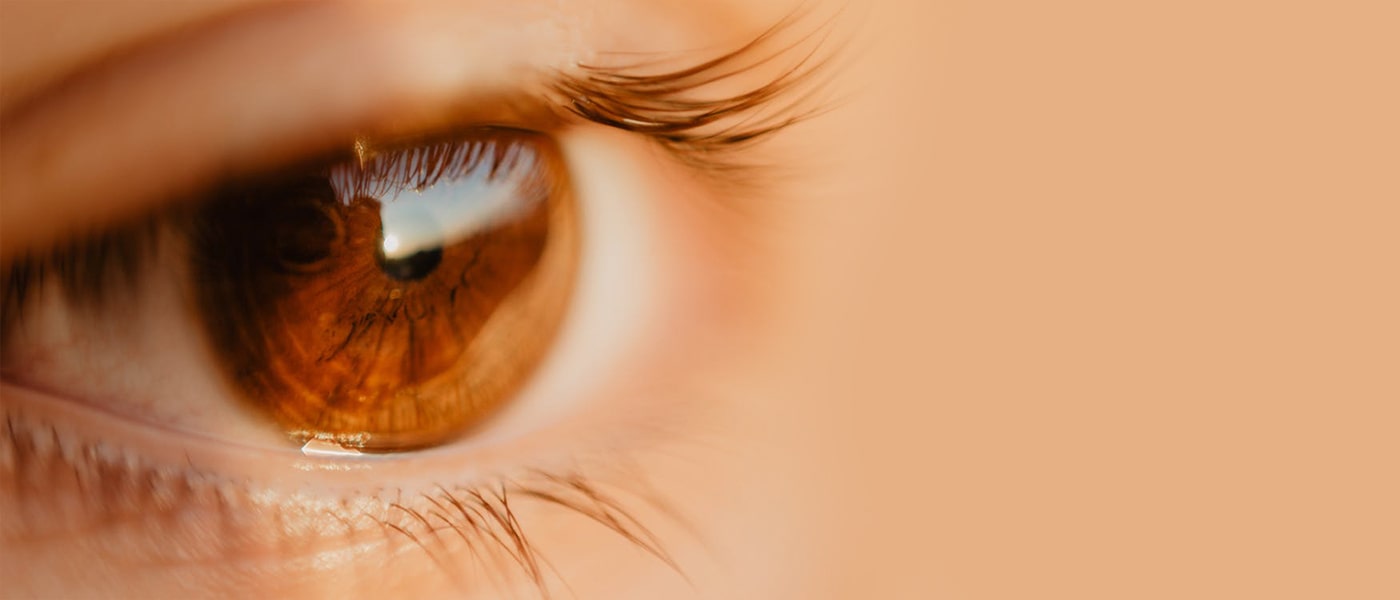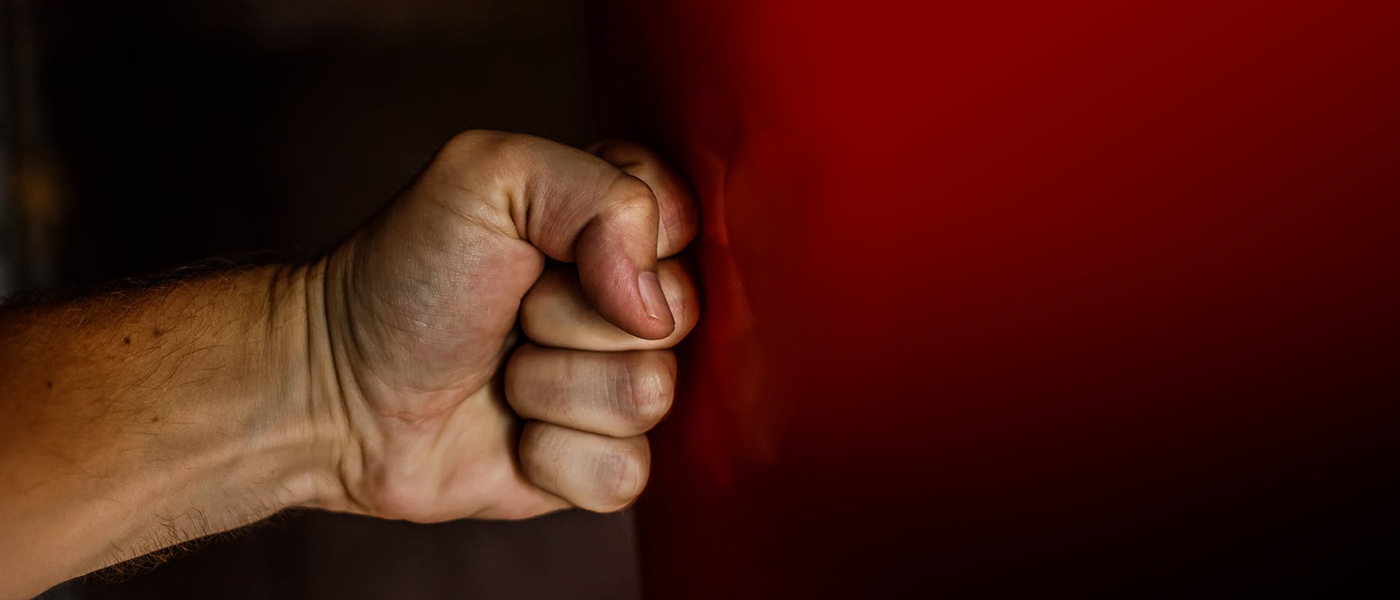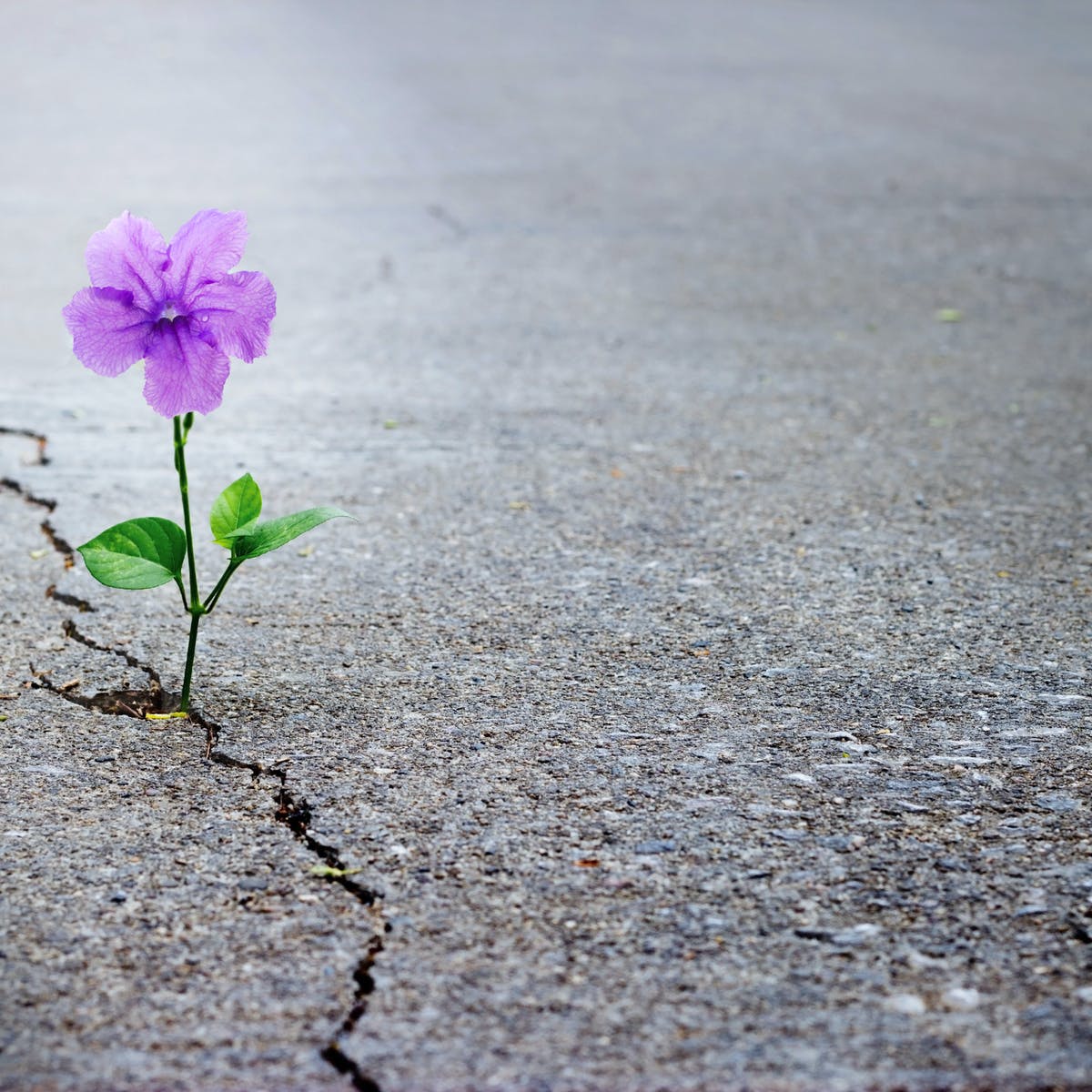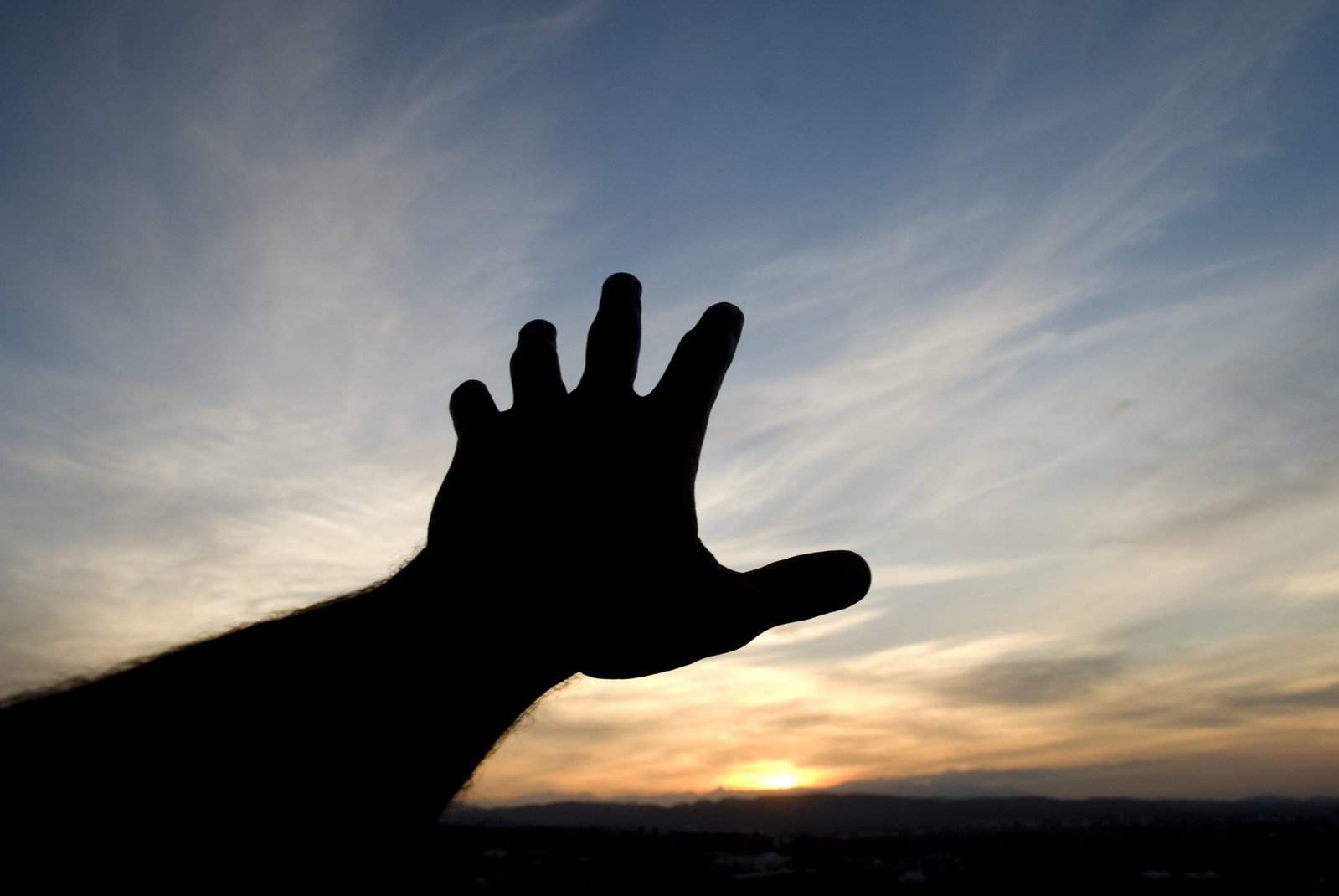

The Etiquette of Looking in Islam
Whatever we look at or even see, enters our mind and soul, and sticks to them. Imam Ali (AS) said: “The eye is the reporter of heart and the messenger of mind.” [1]. It means that every act of looking profoundly affects our heart and soul. The prophet (PBUH&HP) said: “Avoid unnecessary excess looks as they grow lust in your hearts and make you heedless.” [2].
In another saying from Imam Ali (AS), we read that: “The eyes are the snares of Satan” [3]. That is why Islam has special guidelines and rules about at what or whom, one is allowed or not to look. And, this is more pressing in case of Muslims living in a non-Muslim society, where they are constantly exposed to both men and women freely and improperly dressed in the streets, TV, magazines, web pages, etc. Islam has regulated looking at the opposite gender according to the two categories: Mahrams and non-Mahrams [4].
Men Looking at Mahram Women
A man is permitted to look at the body of a woman who is his Mahram, except her private parts (Awrah). And he must not look at her body from the navel down to the knee. This means that a woman should dress decently even in the presence of her Mahrams. One’s wife is an exception to this rule; married couples are allowed to look at the entire body of each other.
Men Looking at non-Mahram Women
It is forbidden for a man to look at the body of any non-Mahram woman but he can look at her hands and face as long as they do not have any decoration. If the woman is Muslim, then he is not allowed to look at her hair. But if she is not Muslim, looking at her hair is not forbidden as long as it is not for pleasure.
Generally, there is no sin on a man for the first involuntary look at any non-Mahram woman, but the second look should be avoided [5]. In any case, men should remember that: “Tell the faithful men to cast down their looks and to guard their private parts. That is more decent for them.” (24:30).
This rule also extends to adolescent boys and even younger ones, who understand women’s physical attributes and might be attracted to them. They should be taught to lower their gaze, too. Since children’s minds and souls are clear lands ready to be cultivated with several types of thoughts and ideas mostly captured by eyes, we need to teach them which seeds they should plant in their lands to attain Allah’s eternal satisfaction.
Men Looking at Other Men and Women Looking at Other Women
A man is not allowed to look at another man’s private parts, nor a woman at those of another woman; whether Muslim or not. Besides, looking at any parts of the body of another man, even the face and arms, will be forbidden for a man if done with the intention of having pleasure. The same ruling applies to a woman towards another woman. This also means that one should always cover his/her private parts in the presence of others, even of the same gender.
Women Looking at Mahram Men
A woman is allowed to look at the body of a man who is her Mahram, except his private parts, if it is not for having pleasure. One’s husband is an exception to this rule as mentioned earlier.
Women Looking at non-Mahram Men
A woman is not permitted to look at the body of a non-Mahram man, except for the face, hands, and that amount which men usually [i] do not cover and if it is not for pleasure.
Looking at a Small Child's Private Parts
One is permitted to look at the entire body of a child until he/she reaches the age when the child’s consciousness of sex has developed, or when evidence of sexual urge is noticed on him/her; even if it is before reaching puberty. However, it is better to accustom the child to always dress properly.
As a general rule, it is forbidden (Haram) to look at anyone (even at one’s own body) or anything (including people’s photos and films, statues, etc.) with the intention of having pleasure (with the exception of one’s spouse), even if one is looking at a Mahram.
In cases of “necessity” such as in administering first aid, medical treatment [ii] or during a trial testimony where the judge requests the witness to look at a non-Mahram to identify him/her [6], all the rules of the prohibition of looking become void. As an instance, if a doctor is compelled to look at a part of the body of a non-Mahram woman, he must only look at that part necessary for the treatment, but not more than that. Also, if possible, the examination or testing must be performed over the clothing. Other exceptions are looking at one’s spouse as explained above.
Notes:
[i] This, although following a definite limit indicated in Islamic ruling that should be respected, is based on the normal condition of each society to some extent.
[ii] In the case that a doctor of the same skill and with the same gender is not available.
References:
- M. B. Majlesi, “Bihar al-Anwar”, vol. 104, p. 41, T. 52.
- M. B. Majlesi, “Bihar al-Anwar”, vol. 72, p. 199.
- M. B. Majlesi, “Bihar al-Anwar”, vol. 77, p. 294.
- www.al-islam.org
- Ibn Babawayh, “Man la yahduruhu al-Faqih”, vol.3, p.474, T. 4658.
- looking to others
Share This Article

What Does Islam Teach about Anger Management?
Do you find your temper on a short fuse when confronting your teenage child? Do you get mad when somebody cuts you off while driving? Don’t these make you clench your jaws, have a rapid heart rate, sweat or tremble?
We all have experienced these physical reactions to anger. In fact, anger is a normal healthy emotion. But when out of control, it can turn destructive and lead to many problems. This article will help us learn how to keep our anger under control and to act more appropriately to lessen the impact it has on our daily life.
What Is Anger?
As defined in Cambridge dictionary anger is “a strong feeling that makes you want to hurt someone or be unpleasant because of something unfair or unkind that has happened” [1]. It is typical of a human’s behavior to get angry when he/ she is deceived, irritated, attacked or mistreated. If used correctly, anger can be profitable in helping us distinguish between right and wrong.
It can also motivate us to make a change and speak up for ourselves. In some cases, however, it becomes really difficult to manage our anger. This will most probably affect our relationships and lead us to say or do things that we later regret.
That is why the religion of Islam attaches so much importance to controlling this natural human behavior. Imam Sadiq (AS) says in a narration that the one who has no control over his/her anger has no control over his reason [2].
Why Is It Important to Control Our Anger?
Sometimes you get so angry that you cannot think straight and are unable to make sound decisions. That’s when anger could be a breeding ground for many evils. As Imam Sadiq (AS) puts: “(uncontrolled) anger is the key (that opens the door) to all kinds of vices” [3]
Based on vast scientific studies, anger can determine various mental or physical diseases and many other deadly risks. This includes the increase in the number of road accidents, violent crimes, etc.:
“Chronic anger and anxiety can disrupt cardiac function by changing the heart’s electrical stability, hastening atherosclerosis, and increasing systemic inflammation” [4] “Research also shows that even one five-minute episode of anger is so stressful that it can impair your immune system for more than six hours” [5]. Studies have linked anger to mental health problems like depression, loneliness, anxiety, eating and sleep disorders, phobias, and obsessive-compulsive behavior as well. [6]
Since this emotional behavior is hard to control and sometimes makes us commit irrational deeds, Prophet Muhammad (PBUH&HP) introduces the most courageous person as the one who does not let these negative feelings take over and can overcome his/her anger [7]. Such a person is virtuous in the eyes of Allah:
“those who spend in ease and adversity, and suppress their anger, and excuse [the faults of] the people, and Allah loves the virtuous” (3:134)
Some Tips for Anger Management in Islam
Fortunately, Islam recommends some ways to control and overcome anger in our life:
Calm Your Anger down in the Earliest Phase
When you find something annoying, you can either choose to vent your frustrations or cool down and take a minute to think twice about the negative consequences that inevitably follow the expression of anger. Why don’t you find some way to put yourself in other people’s shoes? Don’t you want to give yourself a chance to turn that anger to love?
Prophet Muhammad (PBUH&HP) says: “the best people are those who do not get angry easily and get satisfied (calm down) quickly.”
Get Engaged in Spiritual Acts of Worship
Saying the prayer or any other act of worship can help you tame your anger. Pray for yourself and the person or the situation that has made you angry. Remember Allah and ask Him to soften your heart and help you in forgiving others.
The Holy Prophet (PBUH&HP) has said: “Anger comes from Satan, and Satan was created from fire. Fire is put out by water; so when you become angry, perform ablution (Wudu) with water” [8].
Change Your Bodily Posture
Nowadays scientists have proven how changing your posture can affect your mood, your energy level as well as the ability to generate positive and negative thoughts. “According to one study from Texans A&M University, lying down can reduce feelings of anger and hostility” [9].
It has also been reported from Imam Baqir (AS) that: “Verily, anger is a spark ignited by the Devil in the human heart. Indeed, when anyone of you gets angry, his eyes become red, the veins of his neck become swollen, and Satan enters them. Therefore, whosoever among you is concerned about himself on account of it; he should lie down for a while so that the filth of Satan may be removed from him at the time” [10].
Try to Be Patient, even under a Pretense
A Chinese proverb says If you are patient in the moment of anger, you will escape a hundred days of sorrow. So, it is not wise to be swift in seeking revenge. It has also been narrated from Imam Ali (AS) that the best revenge at the time of anger is to show forbearance [11]. When you are fuming over something, before any reaction, ask yourself if you want to live a life filled with vengeful and angry thoughts or a peaceful and decent life in which you try to forgive patiently. Which one would you choose?
What Are the Benefits of Anger Management in Islam?
Keeping Your Flaws Hidden
Imam Ali (AS) says: “Anger is a very bad companion, it reveals your flaws, brings the evil near and distances the good” [12].
Improving Your Recognition Skills
It is narrated from Imam Ali (AS) that the most powerful people in recognition of the right are the ones who do not get angry [13].
The Development of Wisdom
Imam Ali (AS) introduces anger management as a way of developing wisdom [14]. Since a wise person would never do anything regrettable at the time of anger.
Showing Your Real Friends and Keeping Them Close
Imam Sadiq (AS) has said: “If someone got angry with you three times but did not insult you, then choose him/her as a friend” [15]. In another narration, Imam Ali (AS) says making your friend angry will lead to separation from her/him [16].
Preventing You from Saying or Doing Things that You Might Regret Later
Imam Ali (AS) has advised us to keep silent at the time of anger: “Protect yourself from anger for its beginning is insanity and its end is remorse” [17].
Anger management will also make you close to the holy infallible Imams and follow in their footsteps. Then you will become a dignified person who deserves to be saved from Allah’s wrath both in this world and the hereafter.
Can Anger ever Be Helpful?
“Muhammad, the Apostle of Allah, and those who are with him are hard against the faithless and merciful amongst themselves” (48:29)
As stated above anger can be constructive too. When managed well, anger has no or very few detrimental consequences. Instead, it is a warning sign of corruption or an evil action; that something around you is not right. It then motives you to take action to correct the wrong. In such cases, Muslims are recommended to express anger for the right, to defend the good, and only to gain Allah’s satisfaction.
Yet, how you end up handling the anger is of great importance, too. As Muslims, we are not allowed to violate anyone’s right or act indecently at the time of anger. All our actions should be based on rational considerations and the Divine laws. Imam Sadiq (AS) says in this regard: “A believer is a person who when angered, his/her anger does not lead him away from that which is true” [18].
References:
- anger
- al-Kafi, v. 2, p. 305, no. 13
- al‑Kafi, vol. 2, p. 303, hadith 3
- happiness stress heart disease
- emotional wellness
- harmfull effects of holding anger
- Nahj al-Fasaha, p. 549, hadith 1872
- Nahj al-Fasaha, p. 286, hadith 660
- movement can feel you better
- Al-Kulayni, Usul al-Kafi, Vol. III.
- Tasnif ghurar al-hikam wa-durar al-kalim, p. 285, hadith 6400
- ibid, p. 302, hadith 6893
- ibid, p246, hadith 5062
- ibid, p. 242, hadith 4919
- Ma’dan al-Jawahir, p. 34
- Naj al-Balaqa (Sobhi Salih), p. 559, hadith 480
- Al-Amidi, Gharar ul-Hikam wa darar ul-Kalim, hadith 2635
- Al-Kulayni, al-Kafi, vol. 2, p. 186, hadith 11
- anger in islam
Read More

A Seed of Hope and a successful life
What is “hope” and how important it is in our lives? Why do we need hope? How can we cultivate moments of hope in our lives and honour our hope in small ways even through hard times? In other words, How hope makes us successful? And what is the importance of hope for a believer?
A seed of hope is the beginning of every good thing in our livesHope gives birth to ?! life. It always believes for the best, even in the face of the worst circumstances.
For believers in Allah, hope is much more than a wish or a positive outlook; it is based on the promises of Allah found in His Word. They are promises to move on our behalf.
How can we hope in this world full of problems?
We can have hope in life no matter what surrounds us because we serve a mighty Allah who cares about us as knows us by name, and understands the desires of our hearts. “He knows whatever there is in the heavens and the earth, and He knows whatever you hide and whatever you disclose, and Allah knows best what is in the hearts”.[1] He who had known us before we were even formed in our mother’s womb. “Indeed the knowledge of the Hour (Resurrection) is with Allah. He sends down the rain, and He knows what is in the wombs. No soul knows what it will earn tomorrow, and no soul knows in what land it will die. Indeed Allah is The All-knowing, The All-aware”.[2]

Perhaps you are facing setbacks with your job or relationships. Maybe you are struggling financially or the pressures of life is just overwhelming you. If it applies to you, there is still hope! Allah is for you, not against you. His resources are endless As He says, “There is not a thing but that its sources are with Us, and We do not send it down except in a known measure”. [3] His power and love know no boundaries. Allah is on your side. Do not let the enemy, Satan, your thoughts, or anyone else tell you anything different. Keep hope alive and never give up! “Satan frightens you of poverty and prompts you to [commit] indecent acts. But Allah promises you His forgiveness and grace, and Allah is The All-bounteous, The All-knowing”. [4] Allah is a God of more than enough as He does not have any lack. He always has a solution and is ready to speak to you, encourage you and for some, to rescue you. Let me ask you where your hope is today. Is it in people; in your capabilities; in your occupation? Be encouraged and build your hope on nothing less than Allah himself. And put your trust in Him; He suffices as trustee “and He is an excellent trustee”. [5] He is your solid rock in which all other ground is sinking sand.
Hope today, hope now! Know that whoever hopes in Allah and trusts in Him, will never be/get disappointed. This is the right path and this is the way of salvation. Always remember this verse of the Holy Quran, “Say, nothing will befall us except what Allah has ordained for us. He is our master, and in Allah let all the faithful put their trust”.[6]
references
- (The Qur’an; 64:4)
- (The Qur’an; 31:34)
- (The Qur’an; 31:34)
- (The Qur’an; 31:34)
- (The Qur’an; 31:34)
- (The Qur’an; 9:51)
Read More

